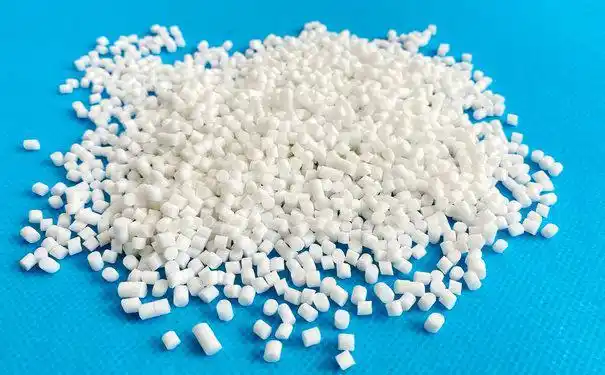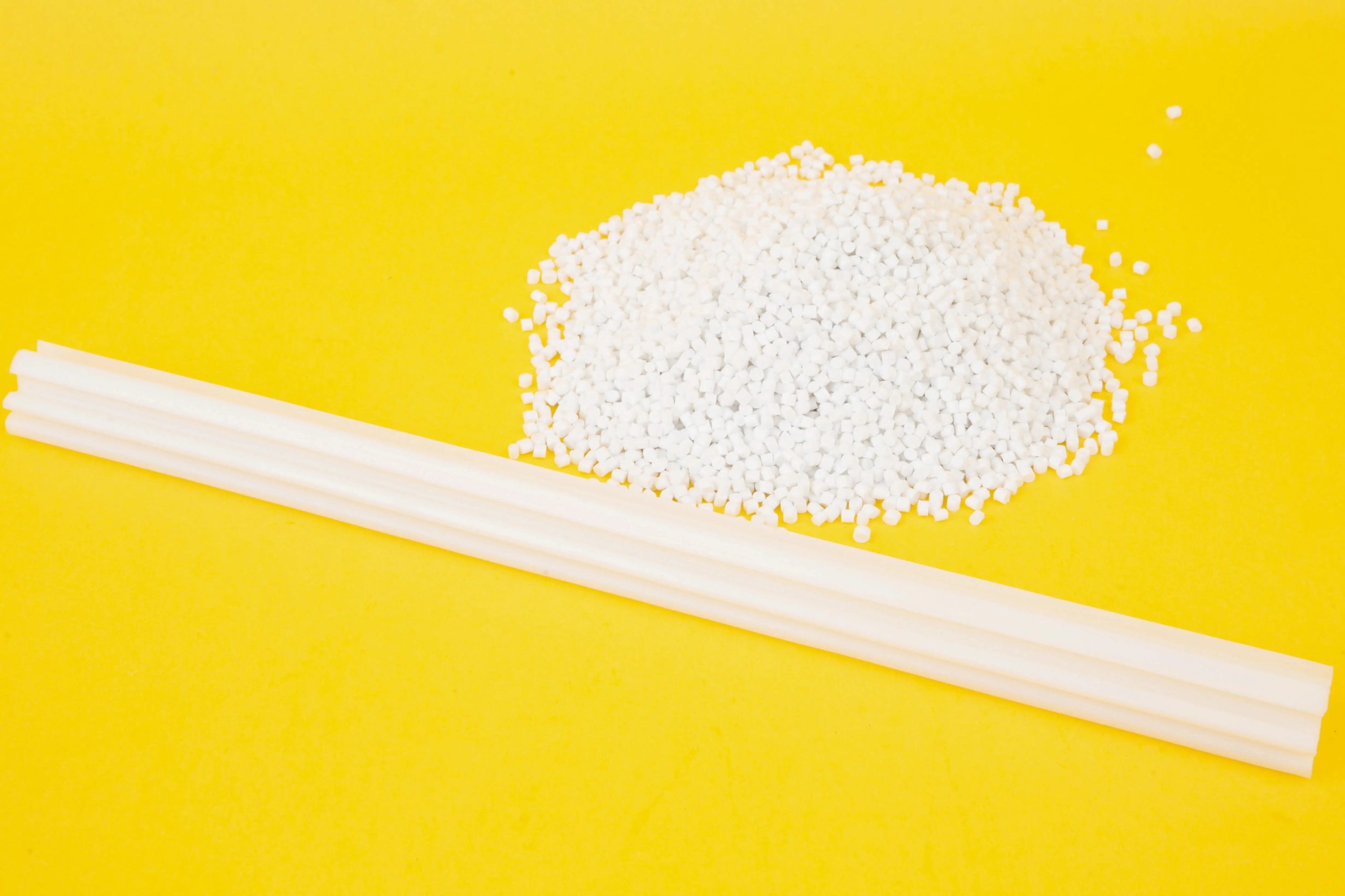As someone who has been deeply involved in the luggage industry for many years, I’ve seen countless suitcases come and go, each with its own set of features and materials. One question that often arises, especially among travelers who are particular about the quality and durability of their luggage, is: How can I tell if the wheels of my suitcase are made of TPE (Thermoplastic Elastomer) material? This is a valid concern, as the wheels are one of the most critical components of a suitcase, directly affecting its mobility, ease of use, and overall lifespan. In this article, I’ll share my insights and practical tips on how to identify TPE wheels, along with a comparison to other common wheel materials, to help you make an informed decision.

Understanding TPE Material: What Makes It Special?
Before diving into the identification process, it’s essential to understand what TPE is and why it’s a preferred choice for suitcase wheels. TPE is a class of copolymers or a physical mix of polymers (usually a plastic and a rubber) that combines the properties of both thermoplastics and elastomers. This means TPE can be molded and shaped like a plastic when heated, yet it retains the flexibility and elasticity of rubber at room temperature.
Key Characteristics of TPE Wheels:
Softness and Flexibility: TPE wheels offer a smooth and quiet roll, thanks to their soft and flexible nature. This makes them ideal for navigating various terrains, from smooth airport floors to uneven sidewalks.
Durability: Despite their softness, TPE wheels are surprisingly durable. They can withstand regular use and resist wear and tear better than some other materials.
Shock Absorption: TPE has excellent shock-absorbing properties, which helps protect your suitcase and its contents from bumps and impacts during travel.
Hypoallergenic: Many TPE formulations are hypoallergenic, making them suitable for individuals with sensitive skin or allergies.
Identifying TPE Wheels: A Step-by-Step Guide
Now that you have a basic understanding of TPE material, let’s move on to the practical part: how to tell if your suitcase wheels are made of TPE. Here’s a step-by-step guide to help you through the process:
Step 1: Check the Manufacturer’s Specifications
The easiest and most reliable way to determine if your suitcase wheels are TPE is to check the manufacturer’s specifications. This information is usually provided on the product packaging, in the user manual, or on the manufacturer’s website. Look for phrases like “TPE wheels,” “thermoplastic elastomer wheels,” or similar descriptions that indicate the use of TPE material.
Pro Tip: If you’re shopping for a new suitcase, pay close attention to the product descriptions and specifications. Reputable manufacturers will often highlight the use of high-quality materials like TPE as a selling point.

Step 2: Examine the Wheel’s Appearance and Texture
If you don’t have access to the manufacturer’s specifications, or if you want to verify the information, you can examine the wheels themselves. Here’s what to look for:
Color and Finish: TPE wheels often have a smooth, matte finish and come in a variety of colors, although black is the most common. They may also have a slightly rubbery appearance, which is a telltale sign of TPE material.
Texture: Gently run your fingers over the surface of the wheel. TPE wheels should feel soft and slightly pliable, with a consistent texture throughout. If the wheel feels hard, brittle, or has a rough, uneven surface, it’s likely not made of TPE.
Step 3: Perform a Flexibility Test
Another way to determine if your suitcase wheels are TPE is to perform a flexibility test. This involves gently bending or flexing the wheel to see how it responds. Here’s how to do it:
Bend Test: Hold the wheel firmly in one hand and use your other hand to gently bend it. TPE wheels should flex easily without cracking or breaking. If the wheel resists bending or shows signs of stress (such as cracking or white marks), it’s probably not TPE.
Twist Test: Alternatively, you can try twisting the wheel slightly. TPE wheels should twist a bit without losing their shape or showing signs of damage. Again, if the wheel feels rigid or breaks under pressure, it’s not TPE.
Caution: Be gentle when performing these tests to avoid damaging the wheels or the suitcase itself. If you’re unsure about the results, it’s best to consult the manufacturer or a professional in the luggage industry.
Step 4: Listen to the Sound
Believe it or not, the sound your suitcase wheels make can also provide clues about their material. TPE wheels are known for their quiet operation, thanks to their soft and flexible nature. When you roll a suitcase with TPE wheels, you should hear a smooth, quiet sound. If the wheels make a loud, clunky, or squeaky noise, they may be made of a harder material like plastic or rubber.
Step 5: Consider the Weight and Balance
While not a definitive test, the weight and balance of your suitcase can also offer some insights into the wheel material. TPE wheels are relatively lightweight compared to some other materials, which can contribute to a more balanced and maneuverable suitcase. If your suitcase feels unusually heavy or unbalanced, it could be due to heavier, non-TPE wheels.

Comparing TPE Wheels to Other Common Wheel Materials
To give you a better understanding of TPE wheels and their place in the market, let’s compare them to other common wheel materials used in suitcases. The following table summarizes the key differences:
| Material | Softness/Flexibility | Durability | Noise Level | Weight |
|---|---|---|---|---|
| TPE | High (soft and flexible) | High (resistant to wear and tear) | Low (quiet operation) | Lightweight |
| Plastic | Low (hard and rigid) | Moderate (prone to cracking) | High (loud and clunky) | Lightweight to moderate |
| Rubber | Moderate (some flexibility) | High (durable but may degrade over time) | Moderate (can be noisy on rough surfaces) | Moderate to heavy |
| Polyurethane (PU) | High (similar to TPE in softness) | Very High (extremely durable) | Low (quiet operation) | Moderate to heavy |
TPE vs. Plastic: Plastic wheels are hard and rigid, making them less suitable for navigating uneven surfaces. They’re also more prone to cracking and breaking under pressure. TPE wheels, on the other hand, offer a softer, more flexible ride and better durability.
TPE vs. Rubber: Rubber wheels provide some flexibility and durability, but they can be noisy on rough surfaces and may degrade over time due to exposure to sunlight and chemicals. TPE wheels are quieter and more resistant to environmental factors.
TPE vs. Polyurethane (PU): PU wheels are similar to TPE in terms of softness and quiet operation, but they’re often heavier and more expensive. TPE wheels offer a good balance of performance and affordability, making them a popular choice among travelers.
Practical Tips for Maintaining TPE Wheels
Now that you know how to identify TPE wheels and understand their benefits, it’s important to know how to maintain them to ensure their longevity and performance. Here are some practical tips:
Clean Regularly: Use a damp cloth to wipe down your suitcase wheels after each trip. This will remove dirt, dust, and debris that can accumulate and cause wear and tear.
Avoid Harsh Chemicals: When cleaning your suitcase, avoid using harsh chemicals or abrasive cleaners that can damage the TPE material. Stick to mild soap and water for the best results.
Store Properly: When not in use, store your suitcase in a cool, dry place away from direct sunlight and heat sources. Prolonged exposure to sunlight and heat can cause the TPE material to degrade over time.
Check for Damage: Before each trip, inspect your suitcase wheels for any signs of damage, such as cracks, tears, or excessive wear. If you notice any issues, consider replacing the wheels or the entire suitcase to ensure safe and smooth travel.
Conclusion: Making an Informed Decision About Your Suitcase Wheels
Choosing the right suitcase wheels is crucial for a comfortable and hassle-free travel experience. TPE wheels offer a unique combination of softness, flexibility, durability, and quiet operation that makes them an excellent choice for travelers of all kinds. By following the steps outlined in this article, you can easily identify TPE wheels and make an informed decision when purchasing or maintaining your suitcase.
Remember, the quality of your suitcase wheels directly affects the overall performance and lifespan of your luggage. Investing in a suitcase with high-quality TPE wheels is a wise decision that will pay off in the long run, providing you with years of reliable and enjoyable travel.

Related Q&A
Q: Can TPE wheels be replaced if they get damaged?
A: Yes, in most cases, TPE wheels can be replaced if they get damaged. Many luggage manufacturers offer replacement wheels or kits that you can purchase separately. Alternatively, you can take your suitcase to a professional luggage repair shop to have the wheels replaced.
Q: Are TPE wheels suitable for all types of terrain?
A: While TPE wheels are versatile and can handle a variety of terrains, they may not be the best choice for extremely rough or uneven surfaces. For such conditions, consider suitcases with larger, more robust wheels designed specifically for off-road use.
Q: How long do TPE wheels typically last?
A: The lifespan of TPE wheels depends on several factors, including the quality of the material, the frequency of use, and the conditions under which they’re used. With proper care and maintenance, TPE wheels can last for several years, providing reliable performance throughout their lifespan.
Q: Can I use silicone spray or lubricant on TPE wheels?
A: It’s generally not necessary to use silicone spray or lubricant on TPE wheels, as they’re already designed to roll smoothly and quietly. However, if you notice that your wheels are starting to make noise or feel stiff, you can apply a small amount of silicone-based lubricant to the axle or bearing area. Be sure to wipe off any excess lubricant to avoid attracting dirt and debris.
Q: Are there any disadvantages to using TPE wheels?
A: While TPE wheels offer many benefits, there are a few potential disadvantages to consider. For example, TPE material can be more expensive than some other materials like plastic or rubber. Additionally, TPE wheels may not be as durable as PU wheels in extreme conditions or under heavy loads. However, for most travelers, the benefits of TPE wheels far outweigh these potential drawbacks.





